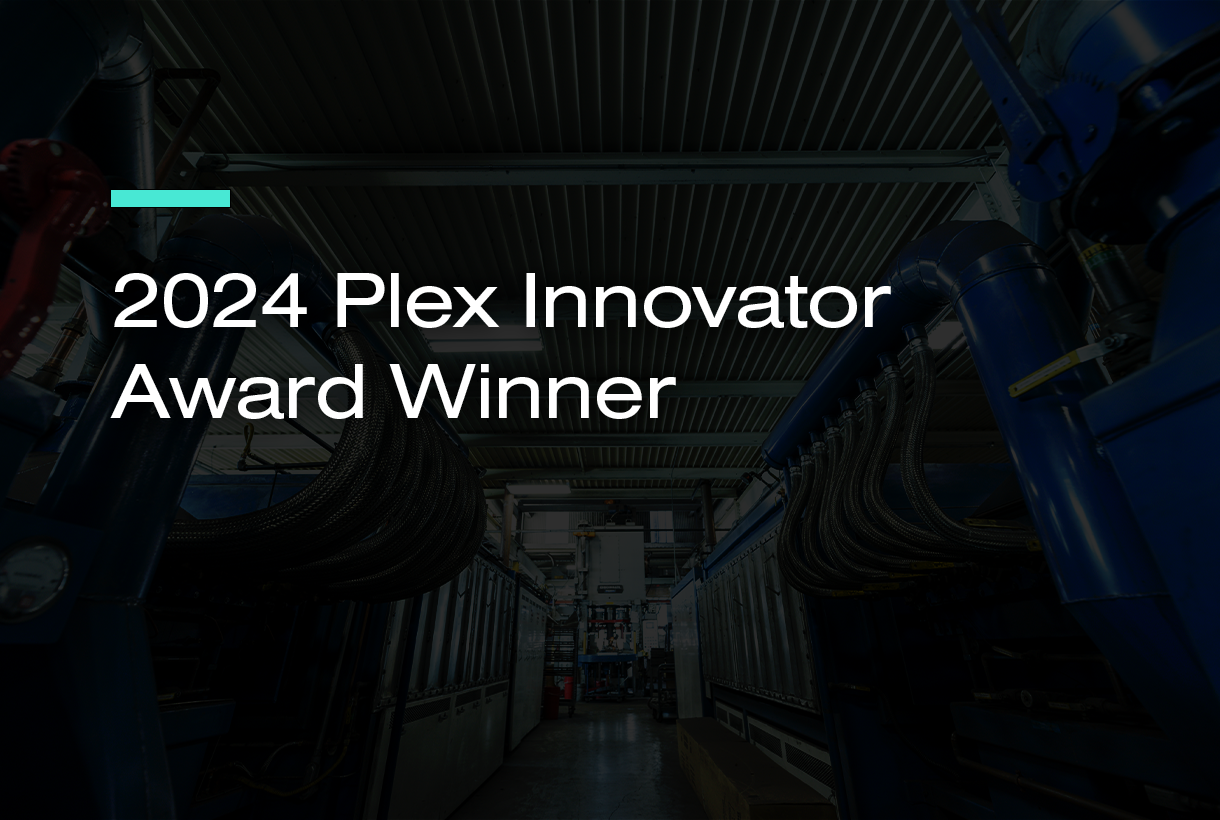

Now Available!
Get your copy of the 7th Annual State of Smart Manufacturing and hear from 300+ manufacturers in this new survey report!
Subscribe to Our Blog
For a monthly digest of expert insights, data points, and tips like the ones in this article.

Technologists love to learn, write, and prognosticate about new terminology, technology trends, and ideas that will impact the future. But as I once heard someone say, “innovation without practical impact is a science project,” and this holds true for digital transformation, a topic deservedly getting a lot of coverage these days.
I recently attended IDC’s Directions 2017 conference in Boston to understand both the big picture and to distil down the real business impact of digital transformation. While still evolving, a few things came together at this conference to further form my opinion about digital transformation and its impact on the evolving digital manufacturing economy.
Cloud is Key
The first key is understanding that core business foundations have changed. IDC showed that cloud will exceed on-premise installed datacenter space by 2020. And, that roughly two-thirds of infrastructure spend by 2020 will be on cloud (see graphic)[1]. This means that more processes, solutions and companies are going to run their business from the cloud, which will quickly become the norm. This also means increased digitization of documents, workflows, data sharing, and procedures.
By its nature, cloud manufacturing advances digital transformation by digitizing or prompting digitization of what were manual processes, documents, and reporting. Cloud ERP, for example, creates a single digital system of record for the business, eliminating information silos that previously existed. Net-net: cloud digitizes your environment. Time to make the most of it.
Take a Practical Approach to Digital Transformation
While massive global companies like GE have very public digital transformation initiatives and investments that make them thought leaders, small to mid-sized businesses (SMBs) don’t have armies of employees, and are more focused on targeted business improvements and profitable growth than they are industry thought leadership. IDC rightly pointed out that SMBs generally think practically, not idealistically.[1] If this is you, you’re not thinking about thought leadership, you’re thinking about how to make your company better, automating manual processes, increasing efficiency, and reducing errors.
As SMBs move to the cloud they undergo practical digital transformations in moving to modern platforms which inherently digitize manufacturing production processes, data collection and sharing, and documentation. These are the proverbial nuts and bolts benefits SMBs look for, and the kinds of results they can expect as the platforms they run on digitally transform their operations for them. By the way, while this session was focused on SMB, I suspect companies of all sizes will take the practical approach over the aspirational.
Unlock Your People Potential
Modern manufacturing ushers in skillset changes and opportunities, particularly for technical people. In a featured keynote (Leading Digital: Helping Your Customers Transform with New Technologies) by George Westerman, Research Scientist with the MIT Initiative on the Digital Economy, Westerman stated that companies that master digital have higher revenue per employee (run more efficiently) and are more profitable. How and why? First, going paperless and automating wherever you can, will inherently increase efficiency and decrease errors. And second, employees have an opportunity to both access and use business data more quickly and efficiently than before, forming the basis for faster and more informed decision-making.
Beyond that, in automating what were manual processes and (in the case of cloud ERP) moving systems and software to the cloud, valuable resource time is reclaimed that was previously spent managing infrastructure. This time can be used for business and data analysis to make continual business improvements. By up-skilling employees to high-demand data analysis roles and pivoting their focus to areas of high need, companies effectively gain resources and employees gain new skills and career advancement opportunities. Win-win for everyone.
My takeaways: digital transformation is a natural evolution, particularly when supported by an industry shift to the cloud. Second, for many companies, practical needs are met by modern platforms that also naturally digitally transform companies. And finally, that the digital economy offers enormous parallel opportunities for companies and people to drive greater efficiency and result.
Want more on digital transformation? Watch the on-demand webinar, 3 Keys to Digital Transformation in Manufacturing, or read our blogs: 3 Keys to Digital Transformation for Your Manufacturing Business, The Manufacturing Digital Transformation: Connecting the Shop Floor.
[1] IDC, Cloud 2.0: New Services, Challenges, and Opportunities, Feb 2017 | Doc # DR2017_T4_RV
[1] IDC, Ready or Not! SMBs Take Digital Transformation to the Next Level, Feb 2017 | Doc # DR2017_BS1_RB_CC

